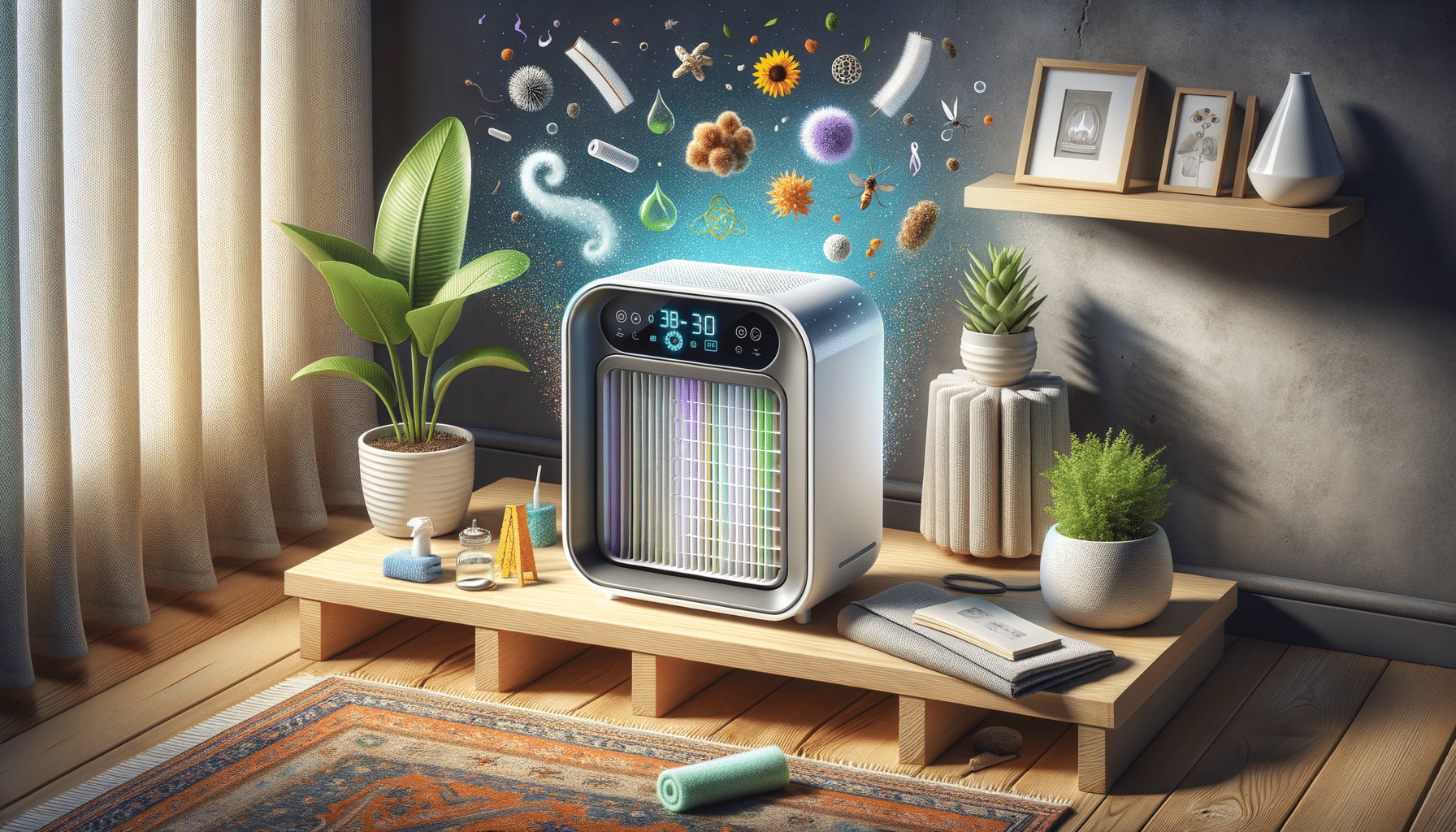
Home Air Purifiers and Cleaners for Improved Indoor Air Quality
Types of Air Purifiers
Air purifiers come in various types, each utilizing different technologies to clean the air. Understanding these types can help you choose the right purifier for your needs:
- HEPA Filters: High-Efficiency Particulate Air (HEPA) filters are renowned for their ability to capture particles as small as 0.3 microns. They are effective in trapping dust, pollen, and pet dander, making them a popular choice for allergy sufferers.
- Activated Carbon Filters: These filters are designed to absorb odors and gases. They are particularly useful in eliminating smoke, cooking smells, and volatile organic compounds (VOCs) from the air.
- UV-C Light Purifiers: Utilizing ultraviolet light, these purifiers aim to destroy bacteria and viruses. While effective in sterilizing air, they are often used in conjunction with other filter types for comprehensive air cleaning.
- Ionizers: Ionizers emit negative ions that attach to airborne particles, causing them to fall out of the air. While they can reduce airborne particles, they may produce ozone, which can be a concern for some users.
- Ozone Generators: These devices intentionally produce ozone to clean the air. However, the EPA advises caution as ozone can be harmful to lung health.
When selecting an air purifier, consider the specific needs of your environment. For instance, if allergies are a primary concern, a HEPA filter might be most beneficial. For odor control, activated carbon filters could be more effective. Each type has its strengths and potential drawbacks, so understanding these can guide you in making an informed decision.
How Air Purifiers Work
Air purifiers function by drawing in air, filtering out harmful particles, and then circulating the cleaned air back into the room. The effectiveness of this process largely depends on the type of filter used and the specific technology employed by the purifier.
Most air purifiers use a fan to pull air through a series of filters. HEPA filters, for example, are adept at capturing fine particles such as dust, pollen, and pet dander. These filters are composed of a dense mat of fibers that trap particles as air passes through.
Activated carbon filters, on the other hand, work by adsorption. This means that gases and odors are attracted to and held on the surface of the carbon material. This process is particularly effective for removing smoke and chemical fumes.
Some purifiers incorporate UV-C light to target microorganisms like bacteria and viruses. The UV-C light disrupts the DNA of these pathogens, rendering them harmless. However, UV-C purifiers are often used alongside other filters to ensure a broad range of air purification.
Ionizers and ozone generators work differently. Ionizers release ions that attach to particles, causing them to settle out of the air. Ozone generators produce ozone, which can interact with pollutants but may also pose health risks if not used properly.
Understanding how these systems work can help you choose an air purifier that aligns with your health goals and environmental concerns. It’s essential to balance the benefits of air purification with any potential health impacts of the technology used.
Choosing an Air Purifier for a Room
Selecting the right air purifier for a specific room involves several considerations, including room size, specific air quality concerns, and budget.
The first step is to determine the size of the room. Air purifiers are rated for specific room sizes, usually measured in square feet. Choosing a purifier that matches or exceeds the room size ensures efficient air cleaning. Look for the Clean Air Delivery Rate (CADR) rating, which indicates the volume of filtered air delivered by the purifier.
Next, consider the primary air quality issue you wish to address. If allergies are a concern, a purifier with a HEPA filter is advisable. For odor issues, opt for a model with an activated carbon filter. If you are worried about germs, a UV-C light purifier might be suitable.
Budget is another important factor. Air purifiers vary widely in price, often reflecting the technology and features they offer. While more expensive models may offer advanced features such as smart connectivity or air quality sensors, there are also effective options available at lower price points.
Finally, consider the noise level of the purifier, especially if it will be used in a bedroom or office. Many models offer a quiet mode or adjustable fan speeds to accommodate different preferences.
By taking these factors into account, you can select an air purifier that not only fits your room size but also addresses your specific air quality needs and budget constraints.


